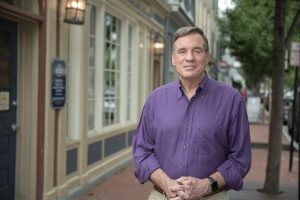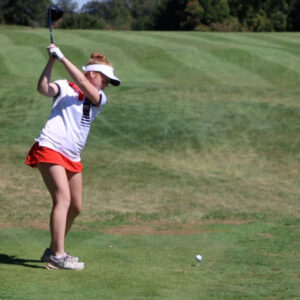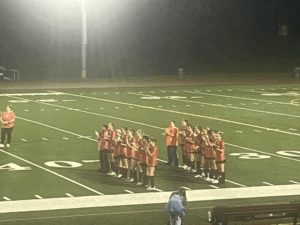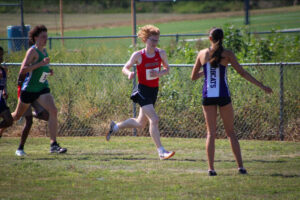Interracial Gay New Year’s Eve Kiss Triggers Conservative Outrage
CNN’s New Year’s Eve coverage this year has apparently caused quite the stir among conservatives. The program was hosted by prominent gay television personalities Anderson Cooper and Andy Cohen, and was its usual silly, fun — and at times a bit messy — display of tequila shots and banter between the two real-life friends. As the ball dropped and 2024 arrived, however, the camera panned to the crowd, and the first image many saw was an interracial gay kiss between two men.
Conservatives across social media have lost their minds over this, labeling the kiss (which was tame) as “graphic,” “gross,” “not representative of America,” a “psychological operation… designed to intrude on Middle America,” and “a salacious, sickening, interracial gay tongue lashing session.”
Kelly Clarkson Hosts Gay Marriage at Vegas NYE Celebration
At Kelly Clarkson’s New Year’s Eve performance of her Las Vegas residency, “Chemistry: An Intimate Evening,” the star was walking through the crowd when two men, Brian Artzt and Marcello Cialini, caught her attention.
The couple, who are Clarkson “superfans,” got engaged at one of her concerts in 2019, informed her that they’d brought an officiant to the show, and asked if they could get married — right there in the crowd. Clarkson enthusiastically agreed, handing her microphone to the officiant, who shared their vows before declaring that “by the power of the Kelly Clarkson show in Las Vegas, New Year’s 2024, I pronounce you both husband and husband.” A beaming Clarkson wished the couple good luck before continuing the show.
Artzt, the assistant principal at Bronx Health Sciences High School, was also congratulated by New York City Public Schools on social media.
Report Shows D.C. Has Highest LGBT Percentage in U.S.
In December, The Williams Institute released its 2023 Adult LGBT Population in the United States report, estimating the percentage and number of LGBT adults by location and age across the United States.
The report estimates that just under 14 million Americans identify as LGBT, with 35.9 percent of those living in southern states — just over 5 million.
According to the report, Oregon is the state with the highest percentage of LGBT people, with 7.8 percent identifying as LGBT. Virginia was 18th on the list, with 5.9 percent identifying as LGBT. The states with the lowest percentage of LGBT identifying adults were West Virginia and Mississippi, both with 4.1 percent, followed by North Carolina at 4.4 percent.
The District of Columbia ranked above any state, with 14.3 percent of adults identifying as LGBT. In 2019, the same report found that 9.8 percent of D.C. adults identified as LGBT. With a population of just under 680,000, it is estimated that D.C. is home to about 81,400 LGBT adults — more than 14 states (12 of which have larger populations).
The immediate region is likely much closer to the D.C. numbers than those of Virginia as a whole. In 2006, The Williams Institute conducted a survey that, for the first time (and only time thus far, it seems), showed the LGB population by U.S. Congressional District. This showed that the districts closest to D.C. (the 8th in Arlington, Alexandria, and Falls Church, the 11th in central Fairfax and Prince William, and the 10th in greater Fairfax and Loudoun) had significantly higher LGB populations than the state as a whole.
At the time, the LGB population in D.C. was estimated to be 8.1 percent, 7.4 percent in VA-8, 5.6 percent in VA-11, and 2.9 percent in VA-10. Out of 435 U.S. Congressional Districts, only 13 had a higher LGB population than D.C., and 17 had a higher LGB population than VA-8.
Outside California and D.C., VA-8 had the tenth highest percentage of LGB-identifying adults in the country.
The December 2023 report also shows a significant difference in LGBT identification is seen between age groups, both nationally and locally. Nationally, 15.2 percent of young adults (ages 18-24) identify as LGBT, compared to 9.1 percent of those ages 25-34, 4.1 percent of those ages 35-49, 2.7 percent of those ages 50-64, and 1.8 percent of those ages 65 and above.
In D.C., those that identify as LGBT made up 31.4 percent of those age 18-24, 20.9 percent of those ages 25-34, 9.7 percent of those ages 35-49, 6.3 percent of those ages 50-64, and 4.3 percent of those ages 65 and above.
The numbers are likely higher across the board, with many reluctant to self-identify as LGBT, especially amont older populations and in more conservative states.












